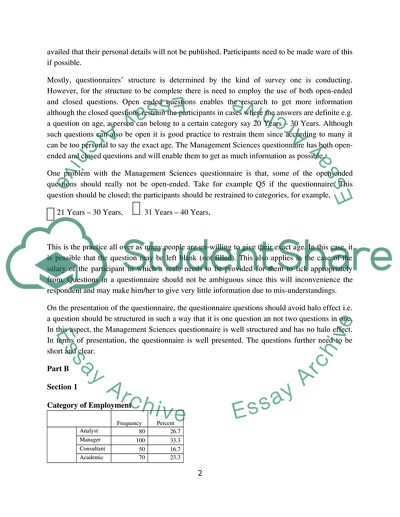Cite this document
(A Questionnaire as the Mostly Used Data Collection Tool Research Paper, n.d.)
A Questionnaire as the Mostly Used Data Collection Tool Research Paper. Retrieved from https://studentshare.org/professional/1726819-business-research-analysis
A Questionnaire as the Mostly Used Data Collection Tool Research Paper. Retrieved from https://studentshare.org/professional/1726819-business-research-analysis
(A Questionnaire As the Mostly Used Data Collection Tool Research Paper)
A Questionnaire As the Mostly Used Data Collection Tool Research Paper. https://studentshare.org/professional/1726819-business-research-analysis.
A Questionnaire As the Mostly Used Data Collection Tool Research Paper. https://studentshare.org/professional/1726819-business-research-analysis.
“A Questionnaire As the Mostly Used Data Collection Tool Research Paper”, n.d. https://studentshare.org/professional/1726819-business-research-analysis.


